
Discover the cultural richness and spiritual depth of Krishna Jayanthi, also known as Janmashtami or Gokulashtami. This blog explores the fascinating history of Lord Krishna’s divine birth, the rituals and traditions followed across India—especially in Tamil culture—and lesser-known facts that bring this beloved Hindu festival to life. Perfect for devotees, cultural enthusiasts, and curious readers alike.
Krishna Jayanthi, also known as Janmashtami or Gokulashtami, marks the divine birth of Lord Krishna, the eighth avatar of Lord Vishnu. Celebrated with deep devotion and joy across India, this festival brings together myth, culture, music, and food in a way few others do.
Krishna is not just a deity; he is a friend, philosopher, guide, and a divine charmer. His life stories—full of leelas (divine plays), wisdom, and devotion—have captivated hearts for thousands of years. This blog explores the history of Krishna Jayanthi, the rituals observed across regions, and fascinating facts that add a magical layer to the celebration.
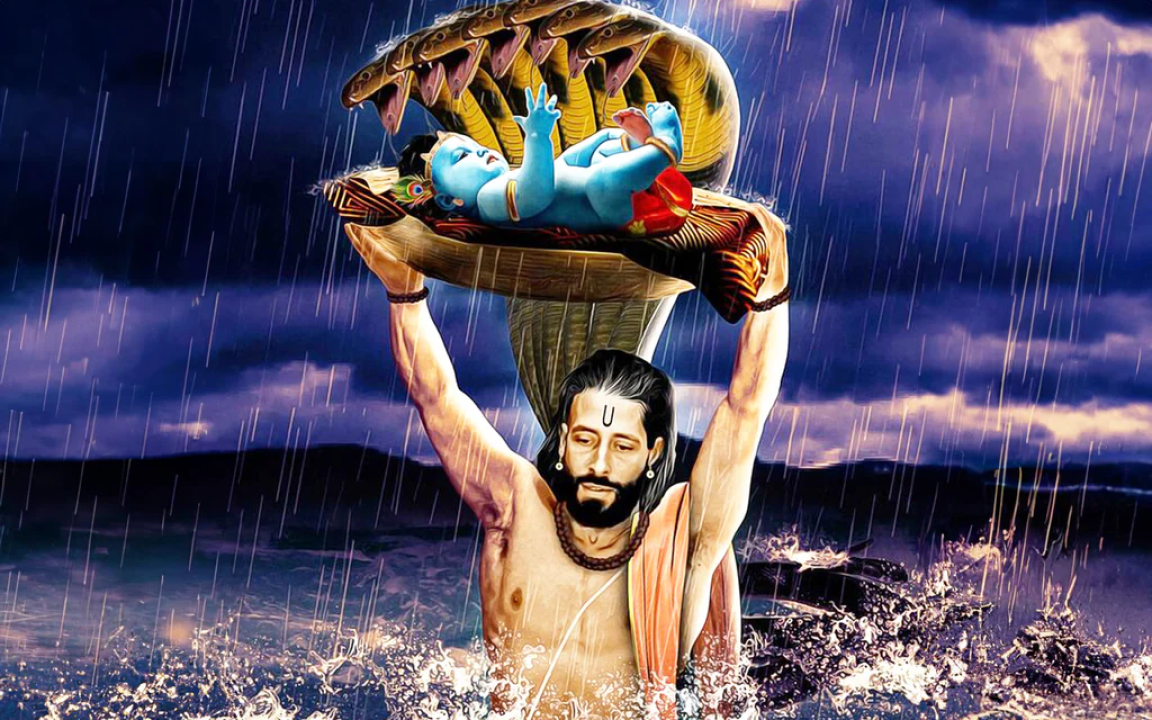
Lord Krishna was born over 5,000 years ago in Mathura, in the Dvapara Yuga, on the eighth day (Ashtami) of the dark fortnight of the Bhadrapada month (August–September).
His parents, Devaki and Vasudeva, were imprisoned by her brother Kamsa, a tyrant king who feared a prophecy that Devaki’s child would kill him. At the stroke of midnight, Krishna was born under mysterious, divine circumstances. Vasudeva, guided by divine powers, carried the newborn across the flooded Yamuna River to Gokul, where he was raised by Yashoda and Nanda.
This miraculous story symbolizes the triumph of good over evil and the descent of divine energy to restore dharma (righteousness).
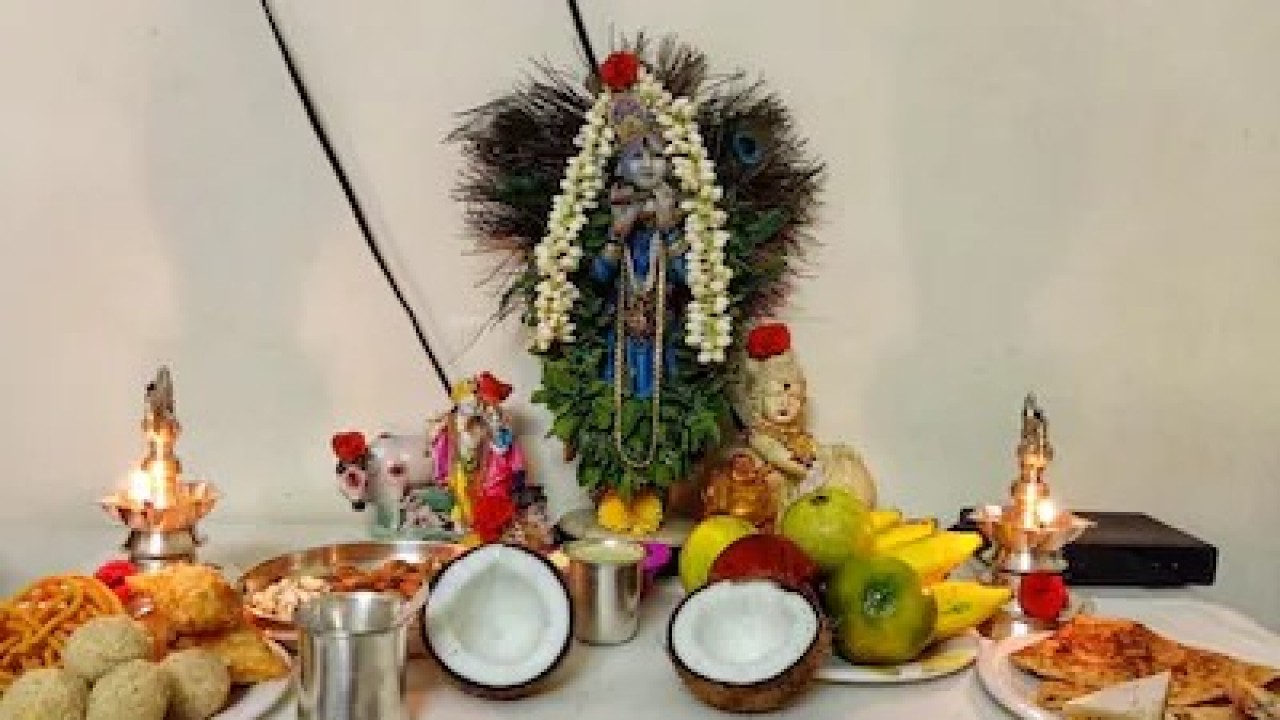
Devotees fast throughout the day, abstaining from grains and consuming only fruits or milk-based food. The fast is broken at midnight, believed to be Krishna’s birth hour, with special pujas, devotional singing, and rituals.
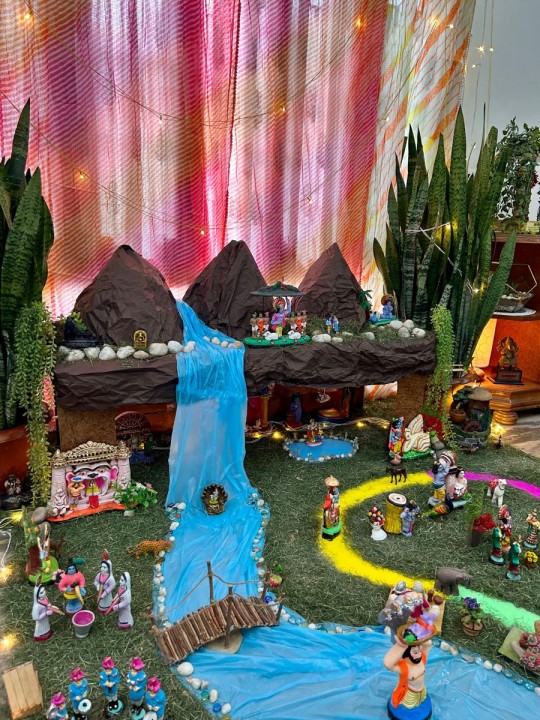
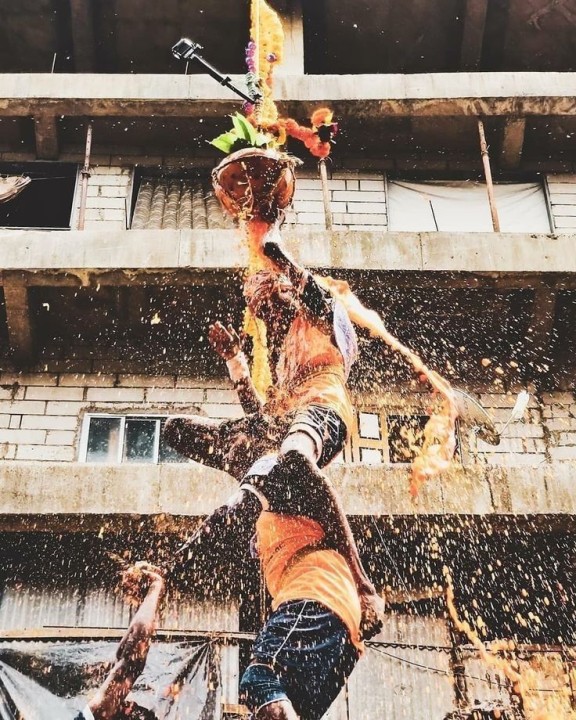
In groups of young men form human pyramids to break an earthen pot filled with curd, butter, or sweets—mimicking Krishna’s childhood mischief of stealing butter. This event reflects teamwork, celebration, and the spirit of unity.
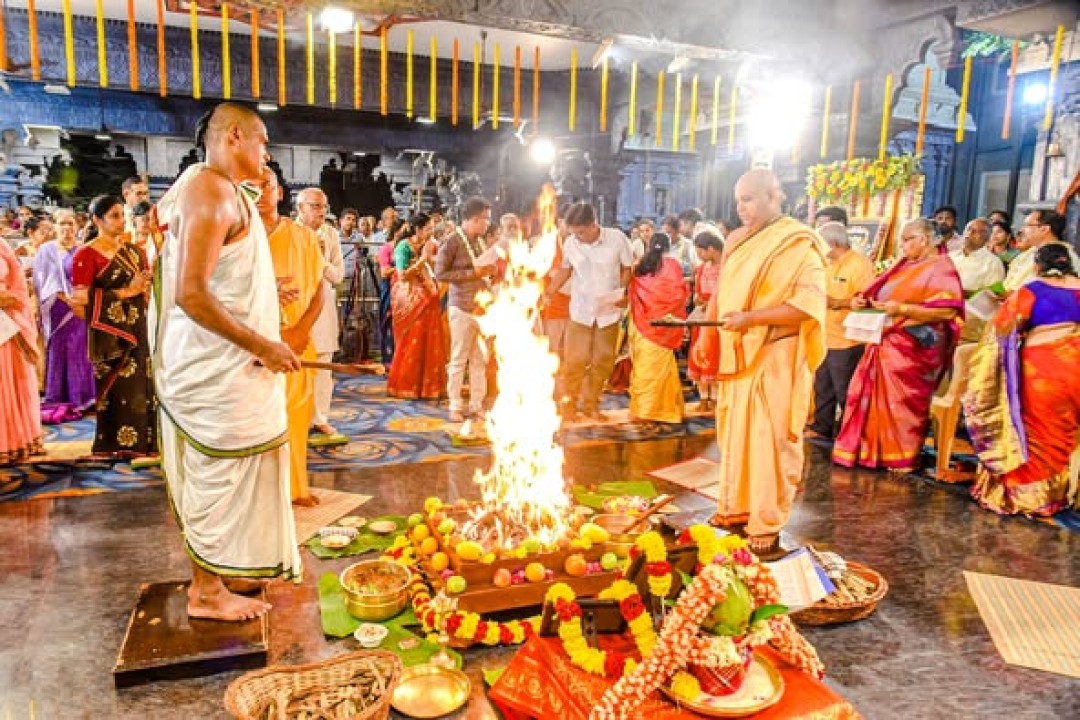
Devotional songs dedicated to Krishna (bhajans and kirtans) are sung late into the night. In homes and temples, stories from Krishna’s life—his birth, rasaleela, Govardhan lifting, and childhood adventures—are narrated with devotion and often enacted by children.
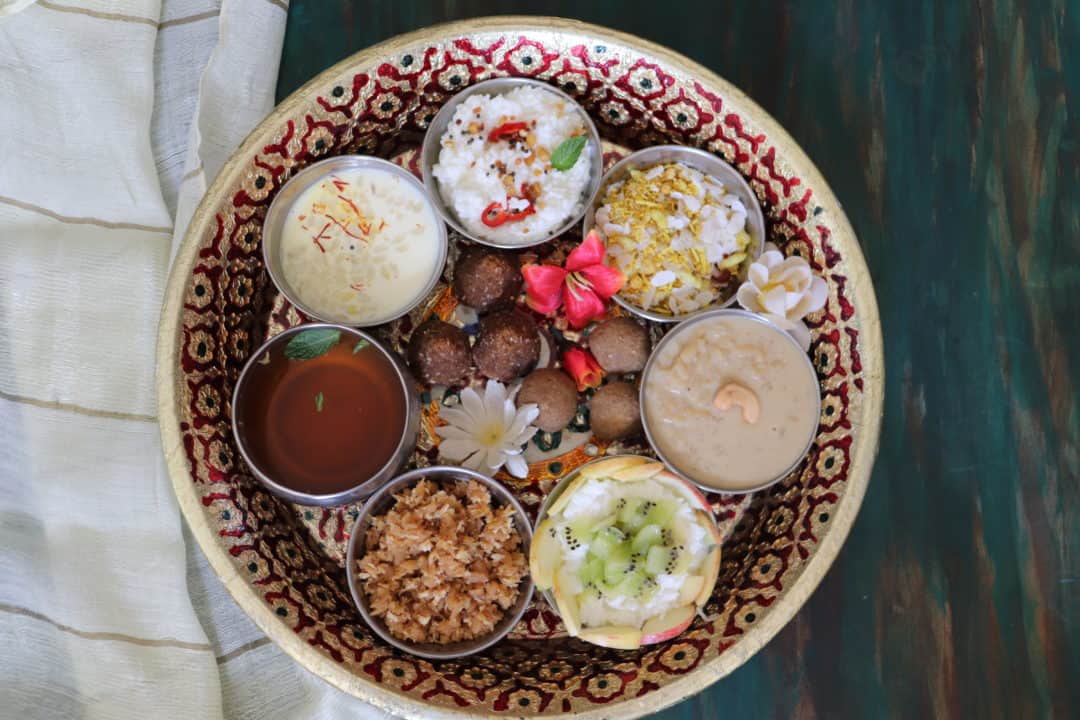
Delicious sweets and savories are prepared as offerings, including:
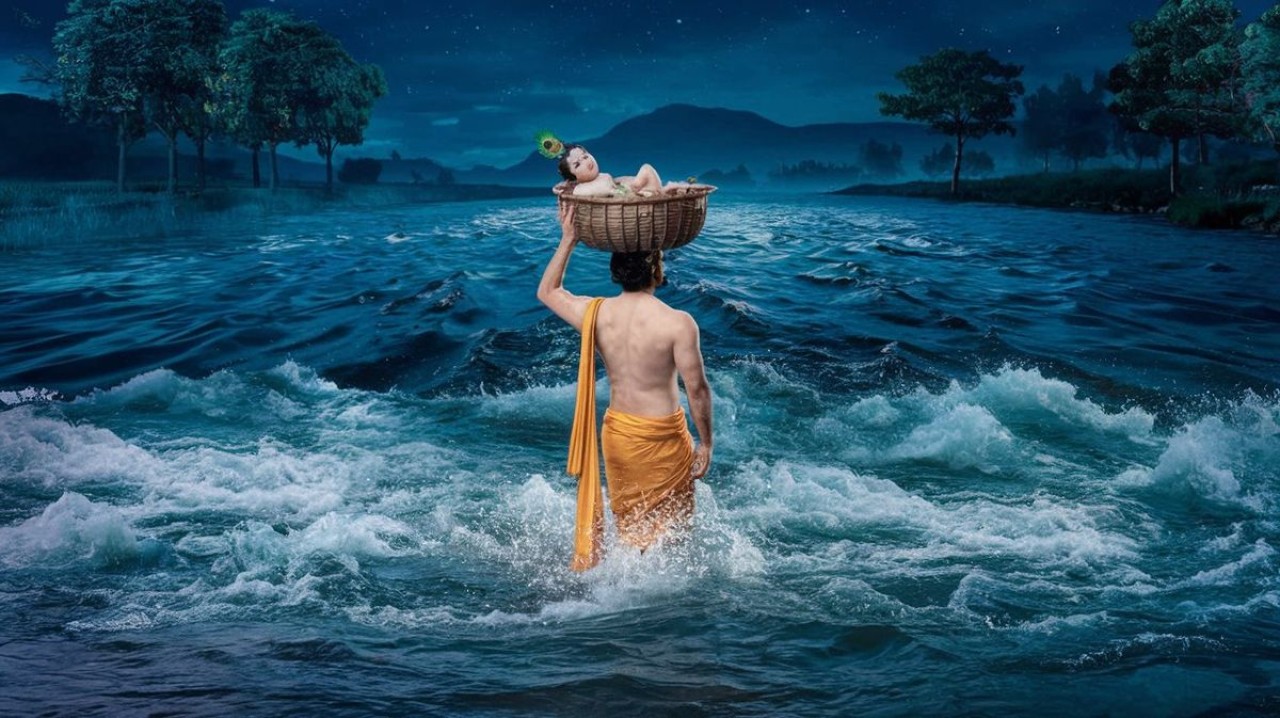
Despite being born in a prison, Krishna's birth marked the beginning of Kamsa’s downfall. The chains broke, doors opened, and the Yamuna parted—showcasing nature's submission to divine will.
Krishna has inspired:
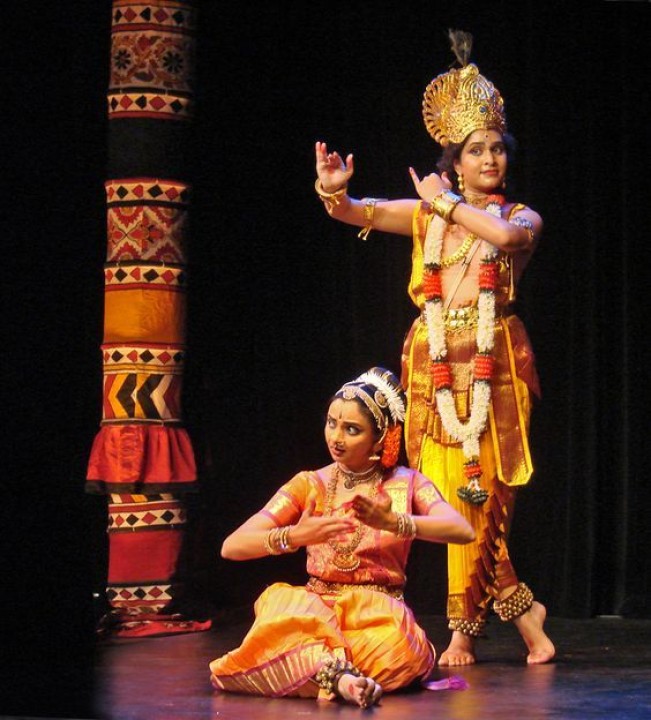
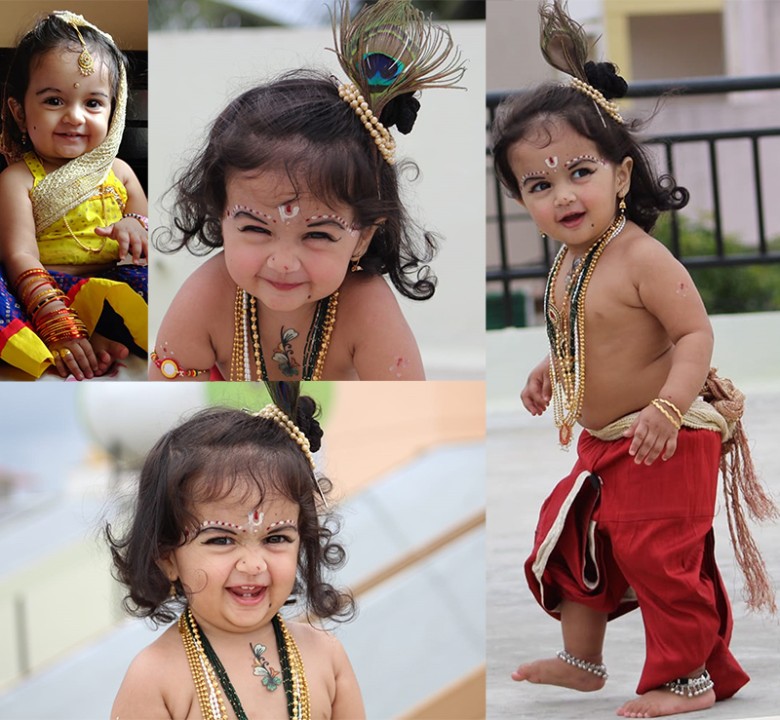
On Krishna Jayanthi, it is common to see toddlers dressed as Krishna, with flutes, peacock feathers, and yellow silk garments. The sight symbolizes innocence and divine joy.
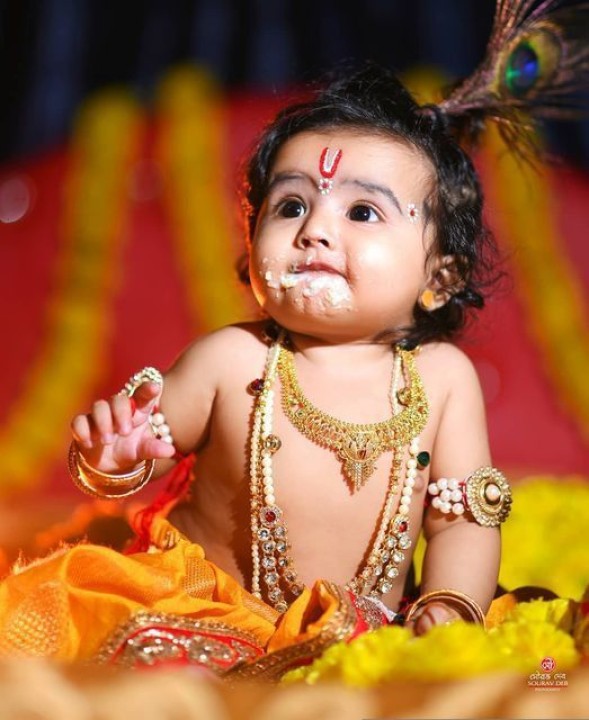
Krishna’s love for butter isn’t just playful—it represents the essence of devotion. Butter is the purest part of milk, just as true devotion is the essence of human emotion. His act of “stealing” butter symbolizes seeking pure love from the hearts of devotees.
Krishna Jayanthi is more than a birthday celebration—it is a spiritual reminder of love, dharma, playfulness, and the power of the divine. Through rituals, stories, songs, and food, this festival brings families together and hearts closer to Krishna’s boundless charm.
Whether you’re fasting, cooking seedai, listening to bhajans, or simply reflecting on Krishna’s wisdom in the Bhagavad Gita, the joy of Krishna Jayanthi lies in devotion expressed with heart and soul.
Jai Shri Krishna! May this Janmashtami bring joy, wisdom, and inner peace into your life.